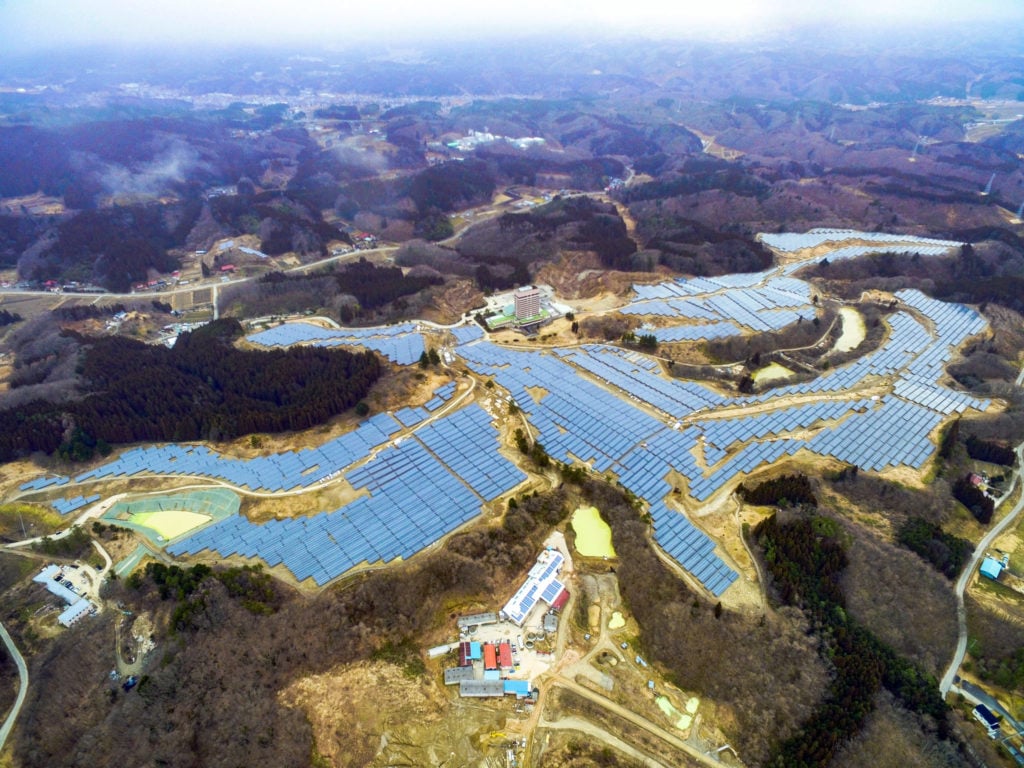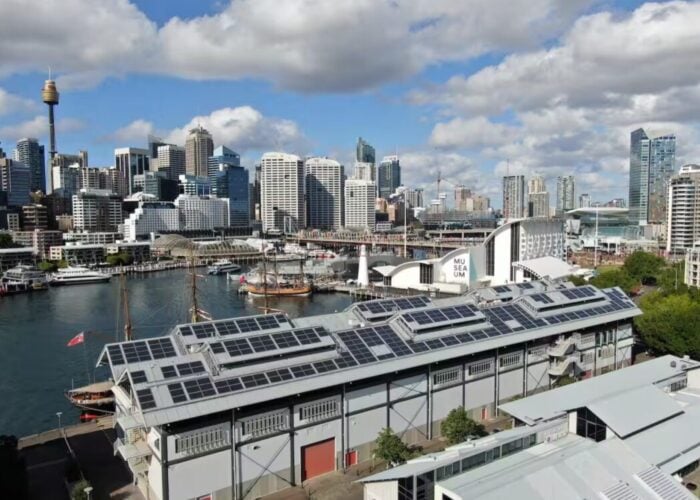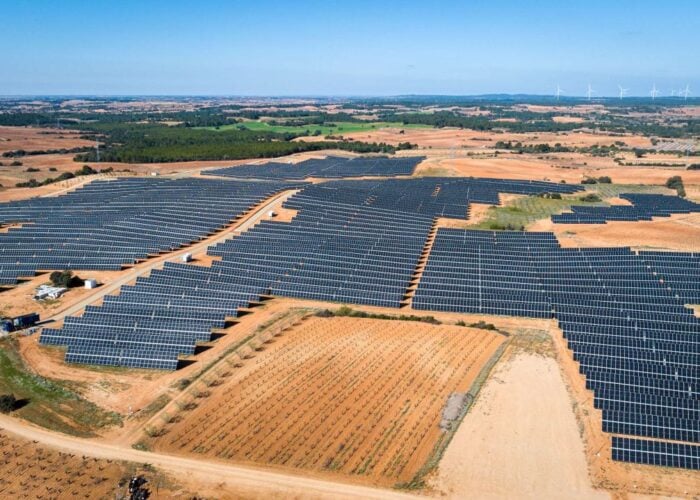
The Cabinet of Japan’s government has approved a plan to raise the national target for renewable energy in the electricity generation mix to between 36% and 38% by 2030.
On Friday, the Cabinet gave its official approval to the 6th Strategic Energy Plan, which was presented in its draft form in late July, after the government Advisory Committee for Natural Resources and Energy began deliberations in October 2020.
Try Premium for just $1
- Full premium access for the first month at only $1
- Converts to an annual rate after 30 days unless cancelled
- Cancel anytime during the trial period
Premium Benefits
- Expert industry analysis and interviews
- Digital access to PV Tech Power journal
- Exclusive event discounts
Or get the full Premium subscription right away
Or continue reading this article for free
The plan was formulated with the key themes of setting out a path towards achieving carbon neutrality by 2050 — in line with the government policy target — and ensuring stable energy supply at the lowest possible costs. The strategic energy plans are formulated on a regular basis with the 4th and 5th editions enacted in 2014 and 2018.
About 18% of Japan’s electricity came from renewables in the 2019 Japanese financial year (JFY2019). The emphasis on increasing that share is on solar, onshore wind and offshore wind. Targets previously put in place would have raised renewables to 22% – 24% of the electricity mix.
According to official statistics, compiled by the Japanese non-profit Renewable Energy Institute, there were 48GW of solar PV installations of 10kW capacity or greater in operation and 19GW under development by the end of the JFY2020. There were 7.7GW of solar PV systems under 10kW capacity in operation and 0.2GW in development.
Since then total installed figures are thought to have exceeded 70GW. Both larger and smaller-scale market segments have shown steady, if relatively slow, quarterly growth over the past couple of years.
As PV Tech reported in July as the draft plan was published, the new target equates to around 108GW of solar PV. The government wants to achieve a 46% emissions reduction by 2030 compared with 2013 levels. Japan currently produces a large portion of its power through coal and natural gas, neither of which are sourced domestically and many nuclear power facilities remain shuttered since the incident at a plant following the 2011 Great East Japan Earthquake.
After a feed-in tariff (FiT) regime among the most financially generous in the world kickstarted the market for large-scale solar, project tariff awards are now made through government auctions. Statistics from the Green Investment Promotion Organisation show the auctions have resulted in steady decreases in bidding and winning prices although the decreases appear to have flattened a little in the past year.
In ‘Decarbonising Japan: Challenges and opportunities for large-scale solar PV,’ a feature article published earlier this year for our quarterly journal PV Tech Power, it was noted that 74.3GW of solar was approved under the FiT since its introduction in 2012. Of that, 50.2GW (68%) had been commissioned: the success rate for projects under 10kW was 97%, for projects above 10kW and under 2MW capacity between 70% and 80% had been commissioned.
Yet only 42% of PV plants with planned capacity of 2MW or more had been built; just 9.2GW of a 21.9GW pipeline.
Tokyo-headquartered solar industry analysis group RTS Corporation has found in its modelling that the country could achieve
Suscribe to PV Tech Premium and / or PV Tech Power to read ‘Decarbonising Japan: Challenges and opportunities for large-scale solar PV’.






